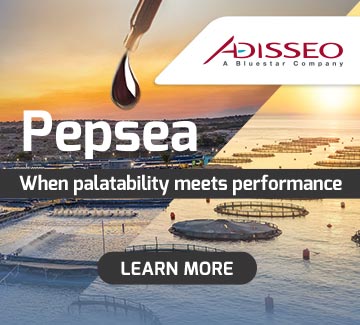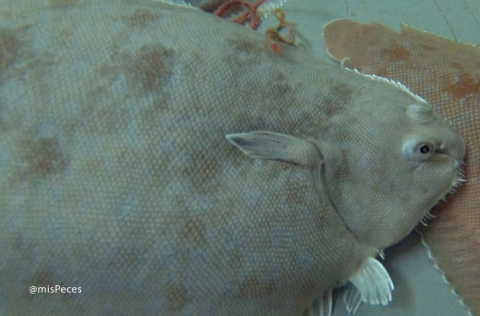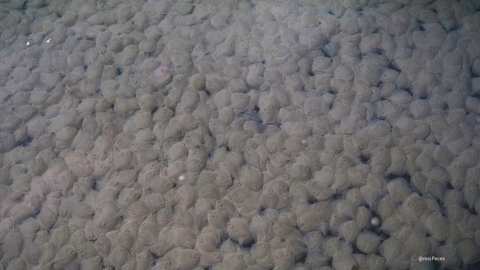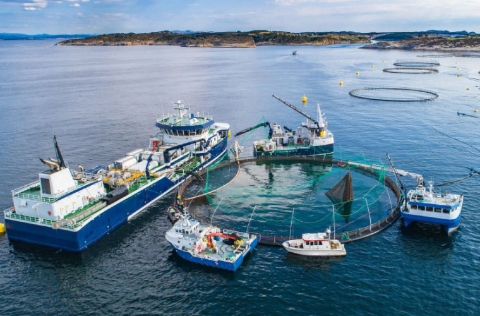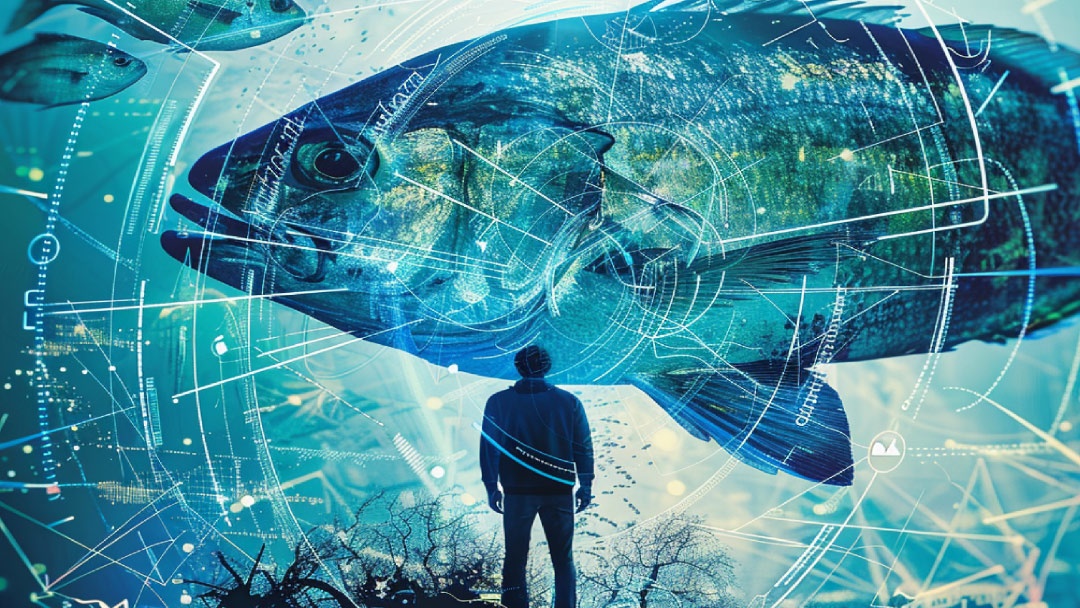
The application of the Internet of Things (IoT) in aquaculture can take aquatic food production to the next level. The adoption of this technology to connect smart devices and systems will depend on significant challenges and the sector's ability to adapt to emerging trends, both now and in the future.
With a proactive and collaborative approach, aquaculture can use these technologies to improve sustainability, productivity and long-term profitability.
But what is the Internet of Things applied to aquaculture? In practical terms, IoT in aquaculture enables real-time data collection through sensors distributed across aquaculture facilities. In practical terms, the integration of IoT technology in aquaculture facilitates the real-time collection of data through the deployment of sensors distributed across aquaculture facilities.
These sensors are capable of measuring a range of critical parameters that are essential for the monitoring of fish and shellfish health and growth, including water temperature, dissolved oxygen levels, pH, salinity, and the presence of contaminants.
The data is transmitted automatically via wireless networks to analysis and management systems, where it can be processed and employed to facilitate informed decision-making. To illustrate, in the event of a decline in oxygen levels within a tank, an IoT system can autonomously trigger the activation of an aeration system, thereby enhancing the oxygen availability and preventing stress or mortality in the fish.
Furthermore, the Internet of Things (IoT) enables the automation of essential procedures, such as feeding the fish. Automated feeding systems can be programmed to dispense food at optimal times based on data collected about the fish's behaviour and requirements. This not only enhances the efficiency of food utilisation, reducing wastage and costs, but also ensures the growth of healthy and sustainable fish.
Challenges in implementing IoT in aquaculture
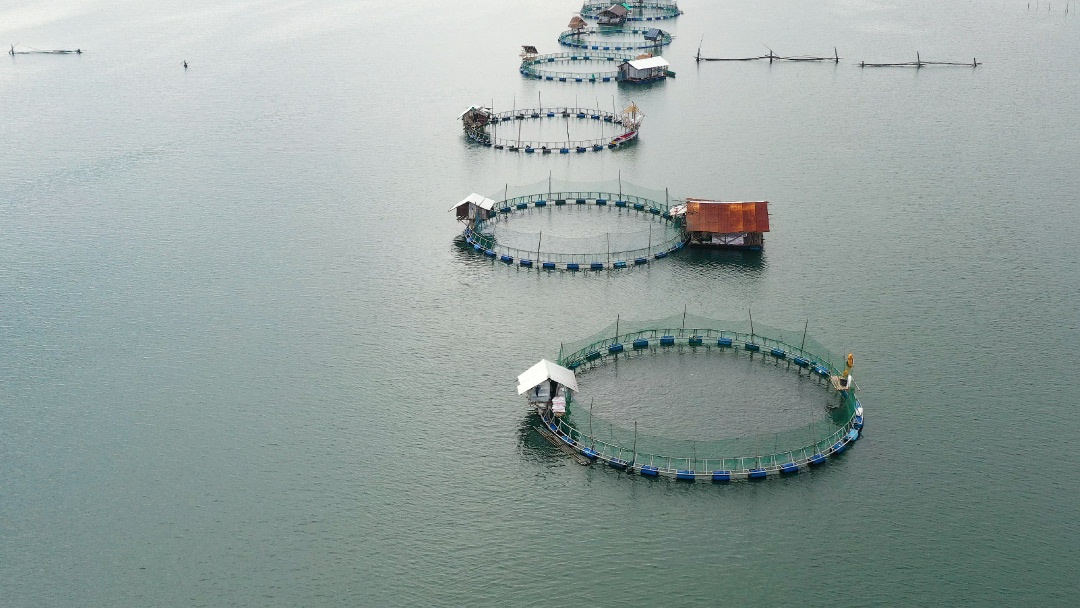
However, despite the great opportunities it offers, the implementation of IoT in aquaculture faces significant challenges, and its future development will be shaped by trends that will determine its success and sustainability.
One of the main challenges is limited connectivity in remote locations. Many aquaculture farms are located in remote areas where internet coverage is poor or non-existent. Implementing IoT systems depends on a stable connection to send and receive real-time data, which is often not feasible in these environments. Although mobile systems such as 4G and 5G have improved connectivity, they are still less reliable than traditional broadband connections and can be costly.
Another significant challenge is data security and privacy.In aquaculture, as in many industries, the protection of information is critical. Fish farmers fear that the adoption of IoT technology could expose sensitive data, such as trade secrets or patented methods, which could have a negative impact on their business. Another barrier is the lack of clarity about the ownership and legal use of data collected in public waters.
Another challenge is the integration of IoT with existing infrastructure. Many aquaculture operations still rely on traditional methods and non-digital management tools, making it difficult to adopt new technologies. Transitioning to IoT systems requires a gradual and well-planned transition, which must be simple enough for farmers to see the immediate benefits and not reject the technology due to its complexity.
What does the future hold for IoT in aquaculture?
Despite these challenges, the future of IoT in aquaculture is promising and evident, as it enables the full automation of operations and decision-making based on real-time data analysis. This not only improves operational efficiency, but also reduces the need for human intervention, optimising processes such as feeding and water quality control.
Another trend is the use of Artificial Intelligence (AI) for predictive analysis. AI is increasingly being used to simulate growing environments and predict the best conditions for fish health and growth. This type of predictive analytics will allow farmers to adjust their practices in real time to maximise results and reduce costs.
Finally, the integration of blockchain technology promises to revolutionise traceability in the aquaculture supply chain. This technology will allow consumers to track products from origin to final consumption, ensuring transparency and increasing trust in aquatic products. In addition, farmers will be able to obtain better prices for products that can demonstrate compliance with all regulations and quality standards.

